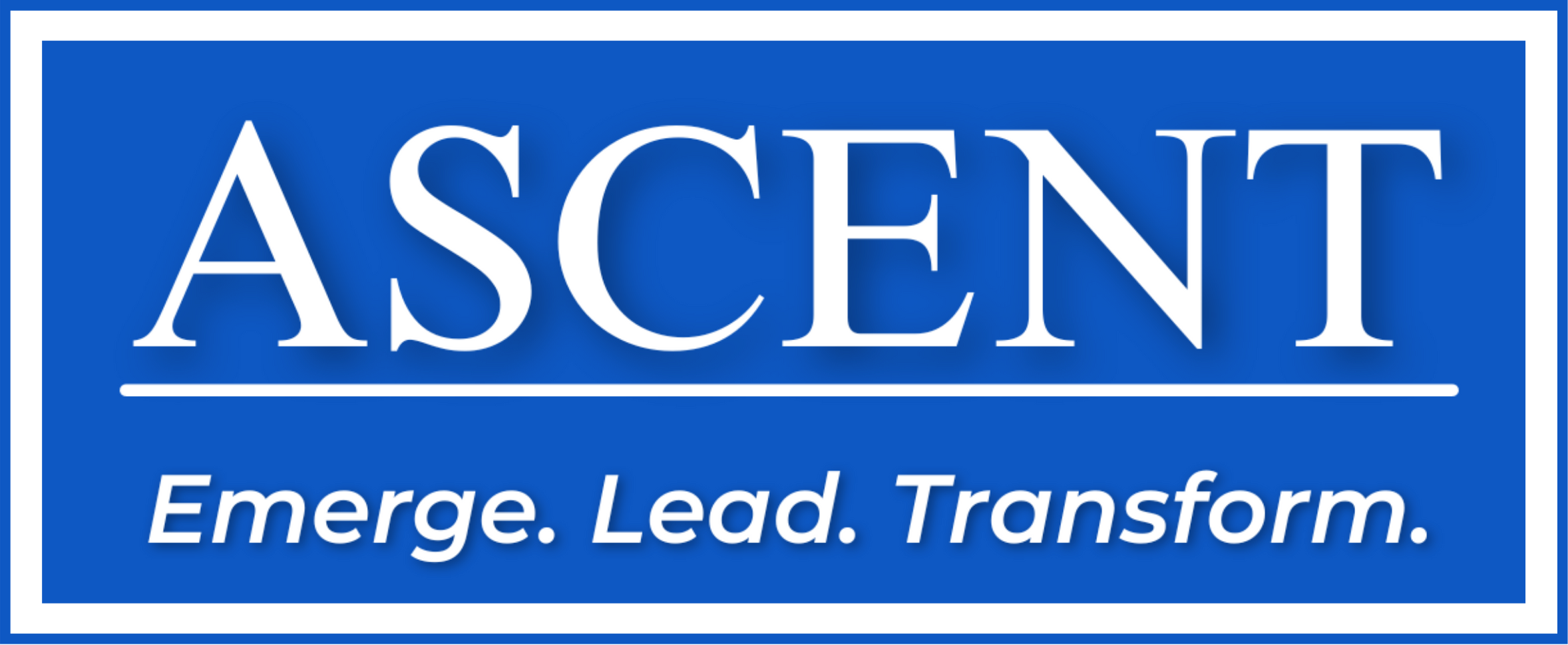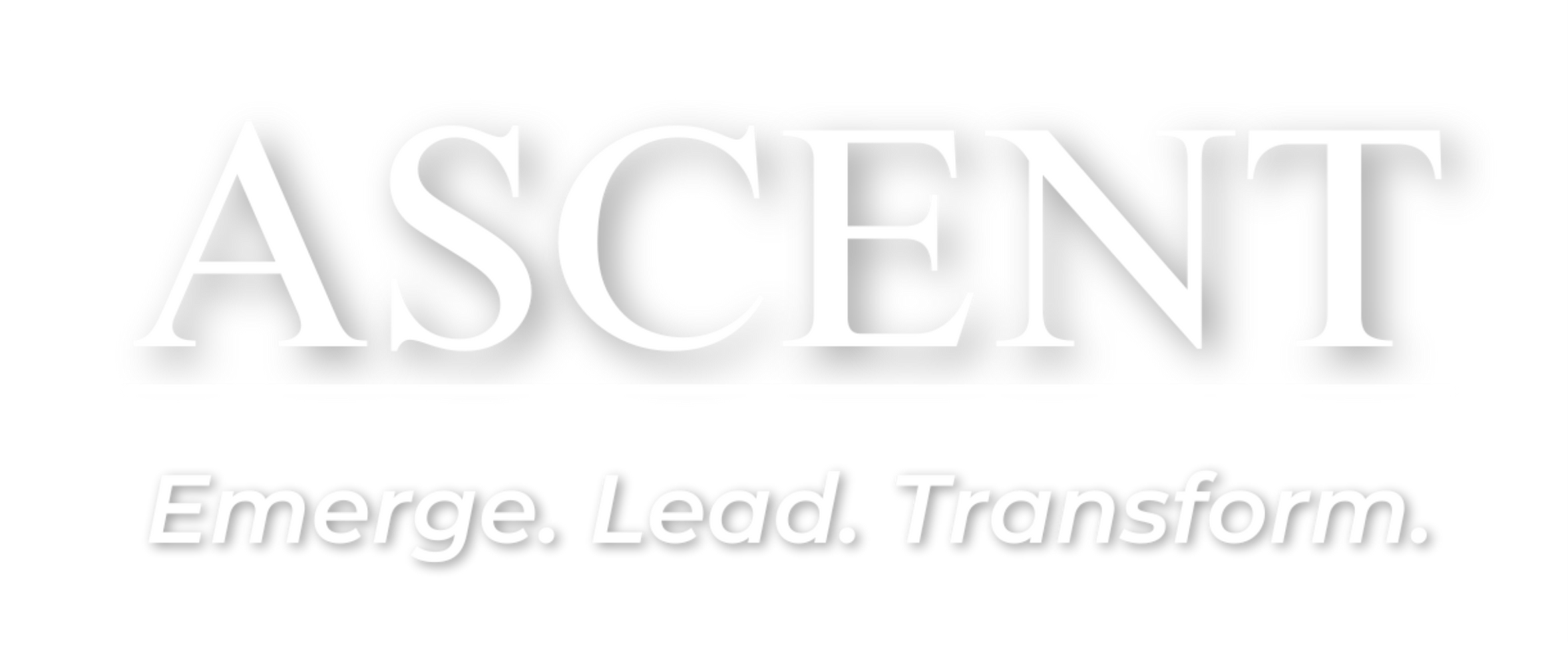What’s the real cost of sticking with a bad, or sub optimal/misaligned fund administrator?
If your first thought is switching fees and transition headaches, think again. The true cost isn’t what you pay to switch; it’s what you could potentially lose by staying.
Every year, fund managers unknowingly bleed money, time, and credibility due to slow, inefficient, or outdated administrators. The warning signs aren’t always obvious. A small delay in reporting here. A minor compliance oversight there. But over time, these inefficiencies stack up—leading to financial penalties, operational roadblocks, and eroded investor trust.
Take the collapse of Woodford Investment Management, where poor oversight and administrative failures triggered lawsuits and a complete breakdown of investor confidence.
If you’ve ever wondered whether your administrator is holding your fund back, you’re not alone. A bad administrator isn’t just an inconvenience. It’s a liability.
The Cost of Inaction
It’s easy to assume that as long as your fund administrator isn’t making major mistakes, there’s no real problem. But small inefficiencies add up. A late report here. A compliance oversight there. Slow responses that delay critical decisions.
At first, they seem minor. Until they’re not.
By the time the issues become obvious, the damage has already been done, potentially leading to regulatory fines, lost investor confidence, operational slowdowns.
And the worst part? These costs aren’t always visible until they start eating into performance.
Where the Real Costs Come From
Compliance Failures & Fines
Regulators don’t care if mistakes were intentional. If your administrator slips up, your fund pays the price.
A notable case is CI Financial, which agreed to pay $156.1 million in compensation for NAV errors. These administrative missteps aren’t just small oversights—they have significant financial consequences. The penalty itself was just part of the fallout. When compliance failures hit, they bring legal expenses, investor concerns, and long-term reputational damage.
Many fund administrators struggle with outdated systems, poor internal controls, and lack of communication between teams, leading to costly operational errors (Advisor Perspectives).
Regulatory scrutiny is increasing across global markets. In the U.S., the SEC has heightened its focus on fund governance. In Australia, ASIC’s enforcement actions have intensified. Meanwhile regulators such as MAS in Singapore, the FCA in the UK, and ADGM and DIFC authorities in the Middle East are also tightening oversight.
A fund administrator that isn’t keeping up, puts your firm at risk.
Losing Investor Confidence
Investors expect their funds to be managed with precision. If reports are late, data is inconsistent, or fund performance is unclear, trust erodes. And once trust is lost, it’s almost impossible to regain it back.
Look at Woodford Investment Management. Administrative failures and liquidity issues led to investors pulling out millions. What started as a management issue became a crisis, with lawsuits and reputational collapse forcing the fund to shut down entirely.
Even without a public scandal, slow service, inconsistent reporting, or lack of transparency push investors toward better-managed funds.
Operational Slowdowns
Every delay caused by a bad administrator affects fund performance. Inaccurate reporting forces extra internal reviews. A lack of responsiveness slows decision-making. These inefficiencies ripple through your operations, creating bottlenecks that cost time and money.
This slow or insufficient turnaround can trigger regulatory action and expose deeper governance problems. These aren’t just admin mistakes; they’re structural failures that affect investor relationships and long-term growth.
Even the best administrators face challenges. The difference? Strong providers identify risks early, respond quickly, and put safeguards in place. A weak provider, on the other hand, lets problems escalate—draining money and eroding trust over time.
Industry Insight: Widespread Administrative Failures
Across the industry, fund administrators are under scrutiny for governance failures.
Some service providers have reported that up to two-thirds of alternative fund managers they speak with, acknowledge they have faced fines or sanctions due to administrative missteps. And with 2025 bringing tighter compliance measures from global regulators, administrative failures are only becoming more costly.
Fund managers who don’t proactively address weak governance risk heavier fines, increased audits, and a damaged reputation that could take years to rebuild. According to Fintech Weekly, fund administrators are being replaced at alarming rates due to performance issues.
For fund managers, the message is clear: administrative inefficiencies aren’t just a back-office problem. They are a direct threat to fund performance, investor confidence, and regulatory standing.
A bad administrator doesn’t just create small inconveniences. They introduce risk, inefficiency, and reputational damage that can take years to recover from.
Switching is an Investment, Not an Expense
A Shift In Perspective
Most fund managers see switching administrators as a cost, something that drains resources and disrupts operations. But that’s the wrong way to look at it.
Switching isn’t an expense. It’s an investment in your fund’s future.
If you’re a fund manager frustrated by slow reporting, compliance concerns, or operational inefficiencies, but hesitant about switching because of perceived “cost”, now is the time to rethink your strategy, as staying with an underperforming administrator may create deeper long-term risks.
The right fund administrator doesn’t just process transactions or file reports. They protect your compliance standing, safeguard investor trust, and create operational efficiencies that directly impact your bottom line. A slow, outdated, or underperforming administrator, on the other hand, isn’t just an inconvenience. It’s a liability.
So, the real question isn’t “How much will switching cost?” It’s “How much is staying costing you?”
Short-Term Disruptions vs. Long Term Gains
Of course, making a change isn’t seamless. Switching administrators means onboarding, data migration, and adjusting to new systems. In the short term, it can feel like an uphill climb.
But here’s the reality. The growing pains are temporary. The benefits can last for years.
- Compliance risks decrease when your administrator is proactive and responsive. A proactive compliance program helps institutions understand their compliance risk profile and identify potential issues early, leading to more effective and less costly resolutions.
- Reports are timely and accurate, reducing stress and improving investor confidence. Accurate financial statements and reports allow businesses to track performance over time enabling data-driven strategic goals, effective resource allocation, and sustainable growth.
- Operations become more efficient, freeing your team to focus on strategy rather than fixing administrative errors. Optimizing operations reduces time spent on manual tasks, enhances productivity, and allows businesses to allocate resources more effectively.
- Technology is transforming fund administration, Leveraging better technological advancements in fund administration leads to automation, improved reporting, and enhanced security measures.
Funds that make the switch often see immediate improvements in service quality, reporting accuracy, and investor satisfaction. The short-term inconvenience is small compared to the long-term stability and performance gains.
At the end of the day, switching isn’t about cost. It’s about value. The right fund administrator protects your business, enhances efficiency, and helps you scale.
Take a close look at your fund administration. Are you getting the accuracy, efficiency, and service your fund deserves?
If you’re uncertain about whether your administrator is holding you back, consider scheduling an assessment with your internal compliance team or an industry expert like The Ascent Group.
Even if you’re not ready to make the switch, take the time to evaluate your administrator. The best funds don’t wait for a crisis to act. If you want an outside perspective, we’re here to help.




